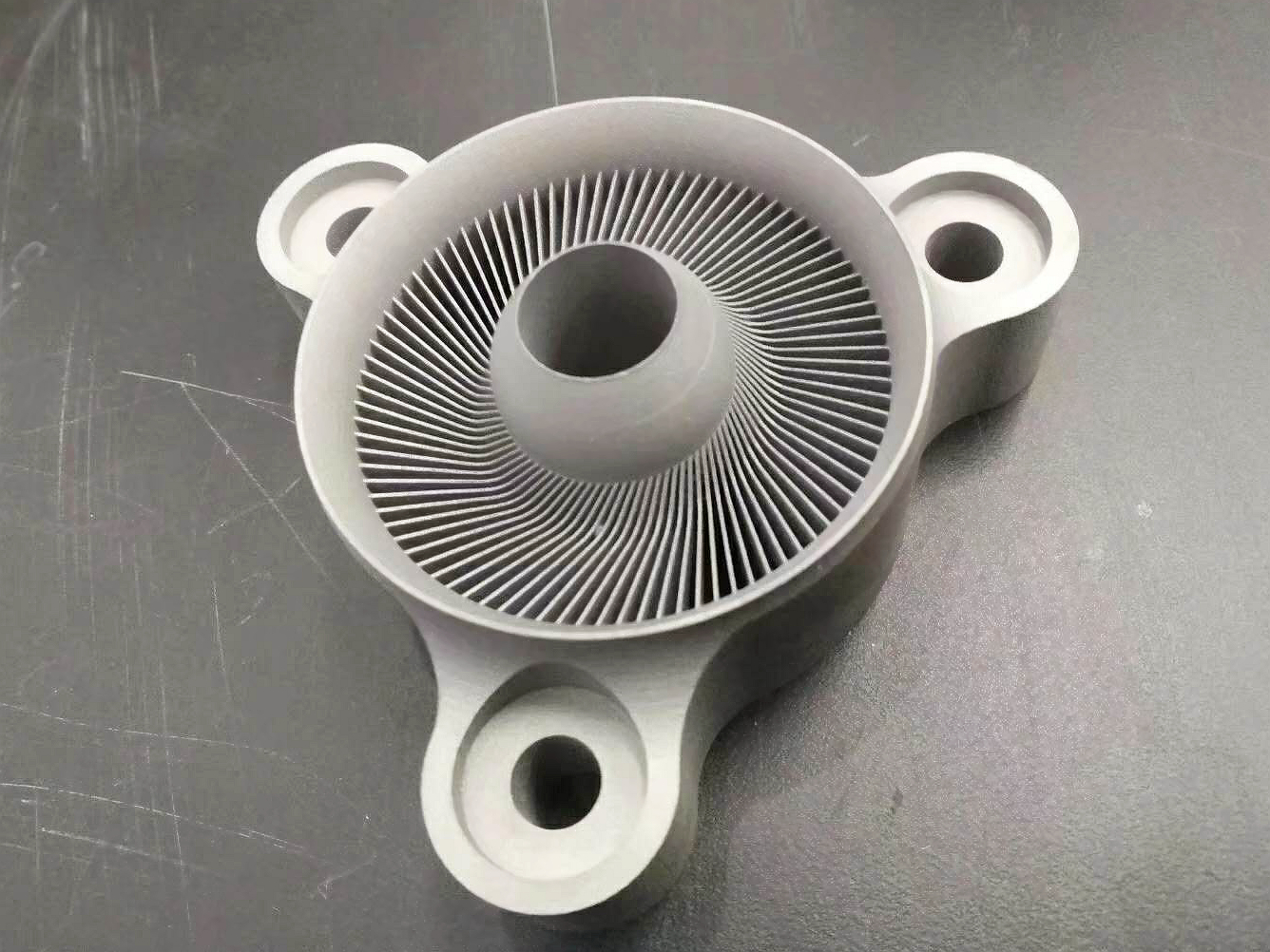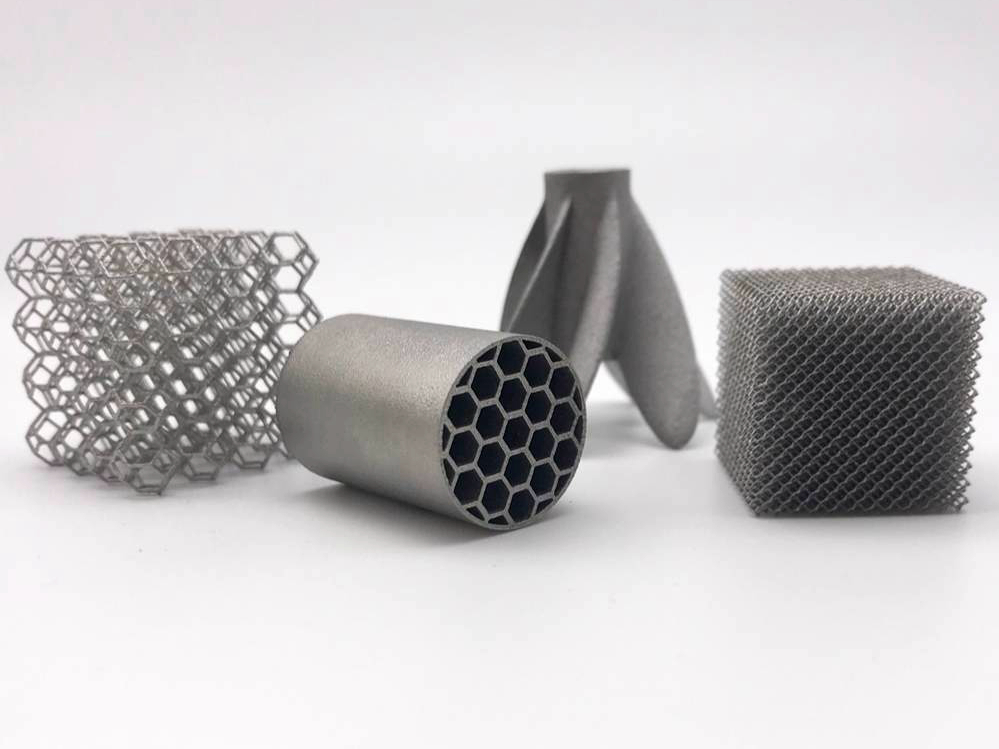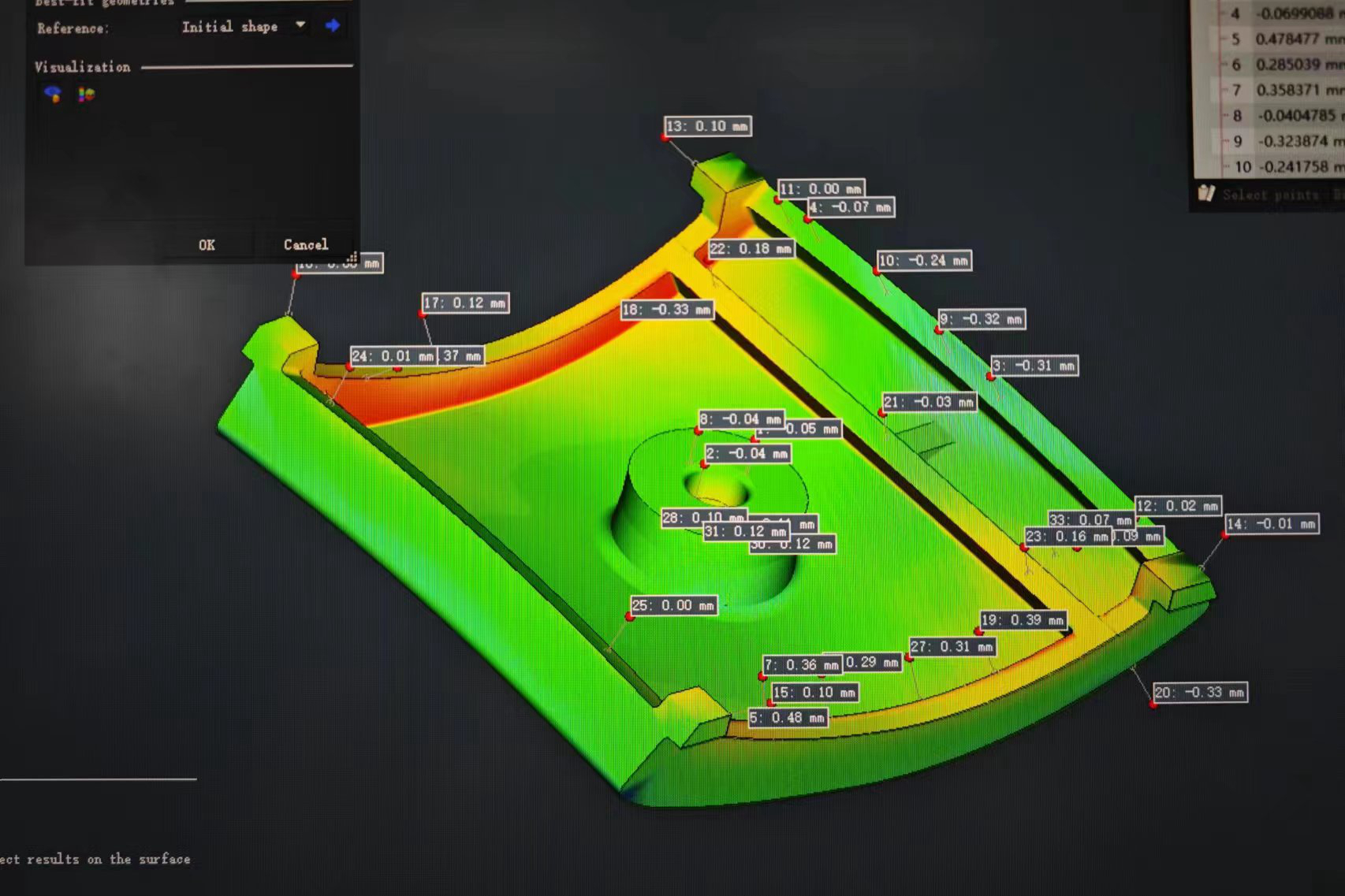How does Electron Beam Melting (EBM) benefit stainless steel parts for medical implants?
How Does Electron Beam Melting (EBM) Benefit Stainless Steel Parts for Medical Implants?
Biocompatibility and Material Purity
Electron Beam Melting (EBM) operates in a high-vacuum environment, which prevents oxidation and contamination during processing. This is critical for stainless steel alloys such as SUS316L, commonly used in surgical tools, orthopedic fixation devices, and implantable structures. The absence of atmospheric exposure maintains the alloy's chemical stability and ensures compliance with ASTM F138/F139 and ISO 5832-1 biocompatibility standards.
Stress-Reduced Fabrication for Improved Fatigue Life
EBM builds parts at elevated temperatures, typically 600–700°C, reducing internal stresses and microstructural defects. This is especially advantageous for implants such as bone screws, plates, and spinal cages, where fatigue resistance under cyclic loading is critical. Compared to laser-based processes, EBM-processed stainless steel components require minimal post-build stress relief and exhibit superior durability under biomechanical conditions.
Porous Structures for Osseointegration
EBM enables the production of lattice and gradient porous structures with controlled porosity (30–70%) and pore sizes in the 300–800 µm range. This architectural capability promotes bone ingrowth and mechanical interlocking, which enhances long-term fixation and reduces the need for bone cement or coatings. These features are ideal for custom implants including jaw reconstruction plates, spinal cages, and orthopedic load-sharing devices.
Design Freedom and Customization
Patient-specific implants can be directly manufactured using 3D imaging data (CT/MRI), with EBM supporting complex geometries and variable wall thicknesses without the need for support structures. This allows the fabrication of customized medical components such as orbital floor implants, cranial meshes, and trauma fixation systems tailored to individual anatomy.
Customer-Oriented Solutions and Services
To meet medical implant performance requirements, we provide:
3D Printing Technologies:
Leverage Electron Beam Melting (EBM) for vacuum-based, stress-optimized stainless steel implant fabrication.
Certified Stainless Steel Materials:
Use medical-grade SUS316L for implant safety, corrosion resistance, and long-term biocompatibility.
Medical Industry Solutions:
Explore our medical and healthcare services including CNC machining, surface treatment, and heat treatment for regulatory-compliant implants.



